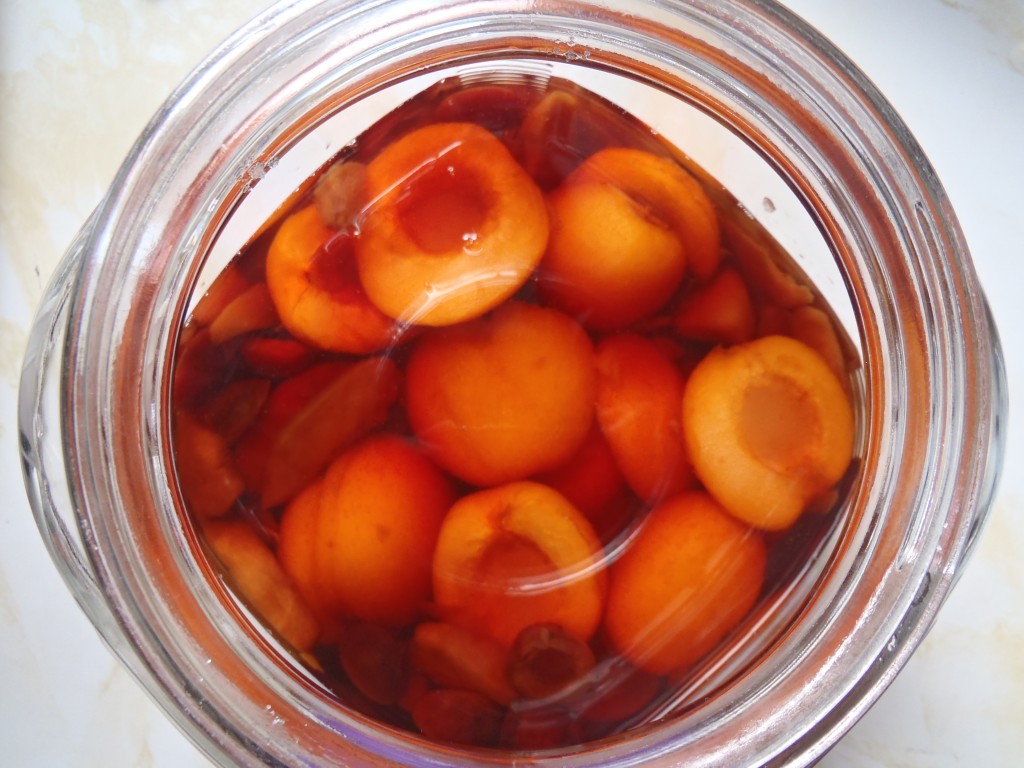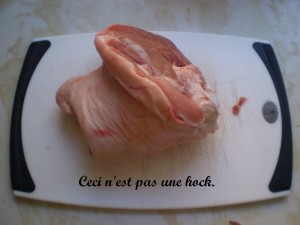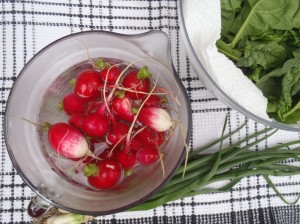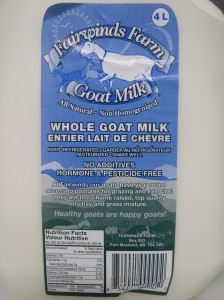This post is about simple potatoes dumplings, served in an interesting potato broth.
Conversations about potato dishes usually focus on texture (the ideal French fry has a crisp exterior and fluffy interior, the ideal mashed potatoes are smooth but not gummy…) I love this broth because it makes you think about how potatoes taste. Potato skins are used to infuse a vegetable broth with potato flavour, without any of the thick starchiness we associate with potato soups.
Let’s start with the dumplings. The key to pillow-like potato dumplings is to have very little moisture in the potatoes. This way the milled potatoes will require less flour to form a dough, and there will be accordingly less gluten in the finished … Continue reading.



